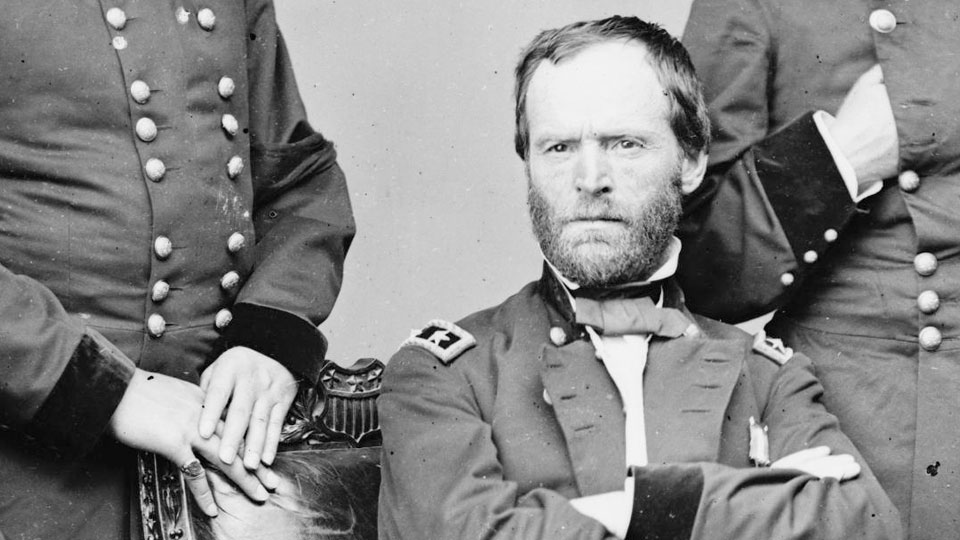Honouring Those Who Served
April 1, 2007

Whatever one’s opinion of war, even when we might disagree with its methods and outcomes, respect, even honour, is due to those who undertake arms in their nation’s defence. The men and women who have answered their country’s call, down to today, do so out of love of country and a desire for peace.
Even to those who live thousands of kilometres from Australia, the story of her soldiers at Gallipoli is legendary.
Australians, down to this very day, are honoured in Turkey as fellow-laborers in the cause of freedom. As Turkey’s founder, M Kemal Atat¸rk, famously wrote in 1934: “There is no difference between the Johnnies and the Mehmets to us where they lie side by side, here in this country of ours.” Just as almost every town in Australia— or so I am told—has its physical memorials to the Anzac soldiers of years gone by, there are a number of places on the internet where similar tributes are to be found.
One of the most impressive, to me at least, is the website for the Australian War Memorial in Canberra . The site offers a thorough introduction to the memorial, which is recognised in the Australian Tourism Award’s Hall of Fame. There are complete introductions to the museum, a listing of favourite exhibits by the director, and links to current displays and other features. A section of the website is designed to help kids learn more about Australia’s military past.
Especially notable are the resources available online to research military history. According to an online message from Steve Gower, the museum director, “Our most consulted resource is the Roll of Honour, which provides details of the more than 102,000 Australian servicemen and women who have fallen in all conflicts since the Sudan commitment of 1885.” Official histories of Australian military involvement in the First and Second World Wars are also available online.
Also on the grounds of the War Memorial is a separate Australian Servicewomen’s Memorial sculpture, dedicated in March 1999. Details about it— and links to other resources about the role of women in Australia’s service— can be found online. Between all these resources and the visual tours, I felt as if I had experienced much of the War Memorial, without any jet lag.
A much more sobering website is “The Polynational War Memorial,” which represents both an artistic endeavour underway by Swedish artist Jon Brunberg, who writes of his goal to construct an “updateable memorial complex commemorating killed military personnel, civilians, aid workers et al in all wars fought from the end of the Second World War up to today.” The site also includes a listing of links to virtual memorials chronicling some 230,000 names of victims of war since 1945, which Brunberg estimates is but 1 per cent of those who died. As I said, this is a sobering record that should make us all stop and think.
It might also be useful to note that not everyone who serves their country in time of war carries a weapon. Those who conscientiously object to using violence, but who also patriotically serve their comrades as medics or other workers, are deserving of tribute.
One of the most famous is the late Desmond T Doss, the only conscientious objector in World War II to receive the US “Congressional Medal of Honor,” for saving at least 75 of his peers in battle. A gripping documentary about his life, ‘The Conscientious Objector’, is featured on the Web, along with other information about Doss, who was a Seventh-day Adventist Christian. It’s a story worth examining, I believe.







